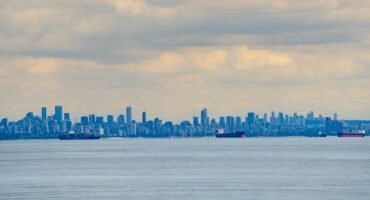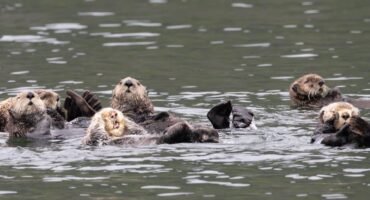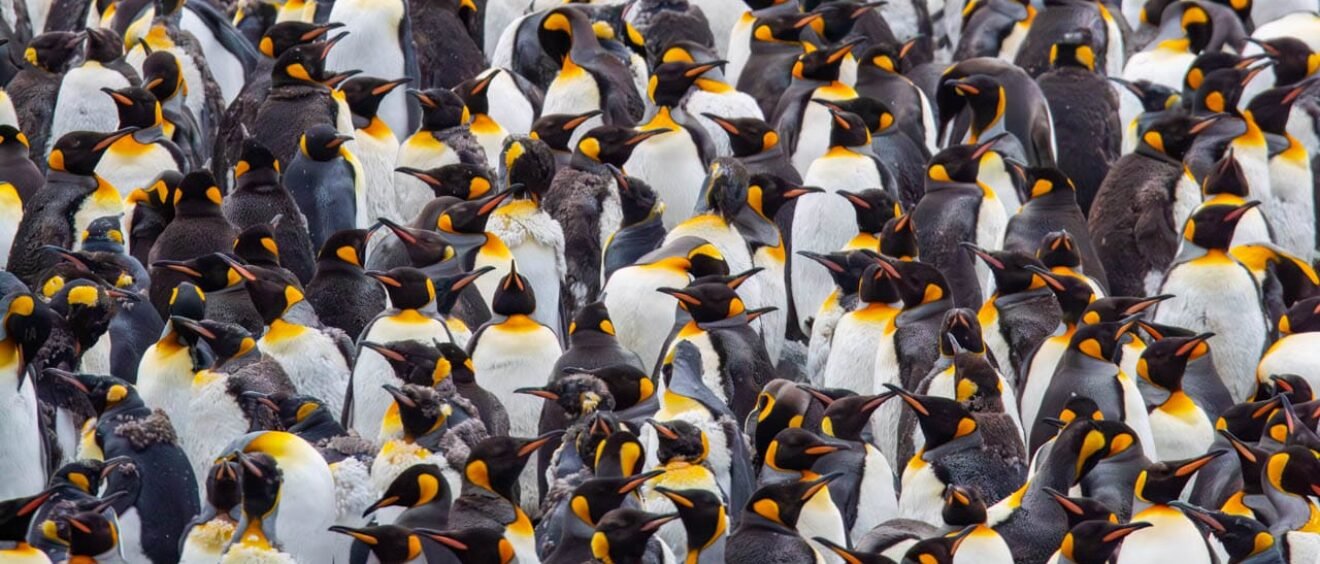
Gold Harbour: The Fragility of South Georgia’s Wildlife
A Sad Day for Wildlife
In the afternoon, we moved to Gold Harbour, home to a massive King Penguin colony. Last year, Gold Harbour was the highlight of our expedition—the weather had been perfect, and the sheer number of penguins was overwhelming. Nothing could live up to that day.
With Gold Harbour closed for landings due to avian flu, we set off in the zodiacs. While most of the zodiacs headed to the colony, my guide took us on a cruise along the opposite shore to observe dead elephant seals. The foggy conditions added to the somber scene. We later learned that this was a new consequence of the avian flu epidemic. It was sobering to witness the toll the outbreak had taken on the wildlife. Then, to top it off, our zodiac got stuck on some rocks, and we had to wait for another zodiac to tow us free.

We finally made our way over to the King Penguin colony. From the zodiacs, it was harder to grasp the full scale of the sprawling colony. The penguins were at various stages of moulting, and the ground was covered in feathers. There was also a thick layer of penguin feathers in the water, which meant no more snorkelling for Andy.
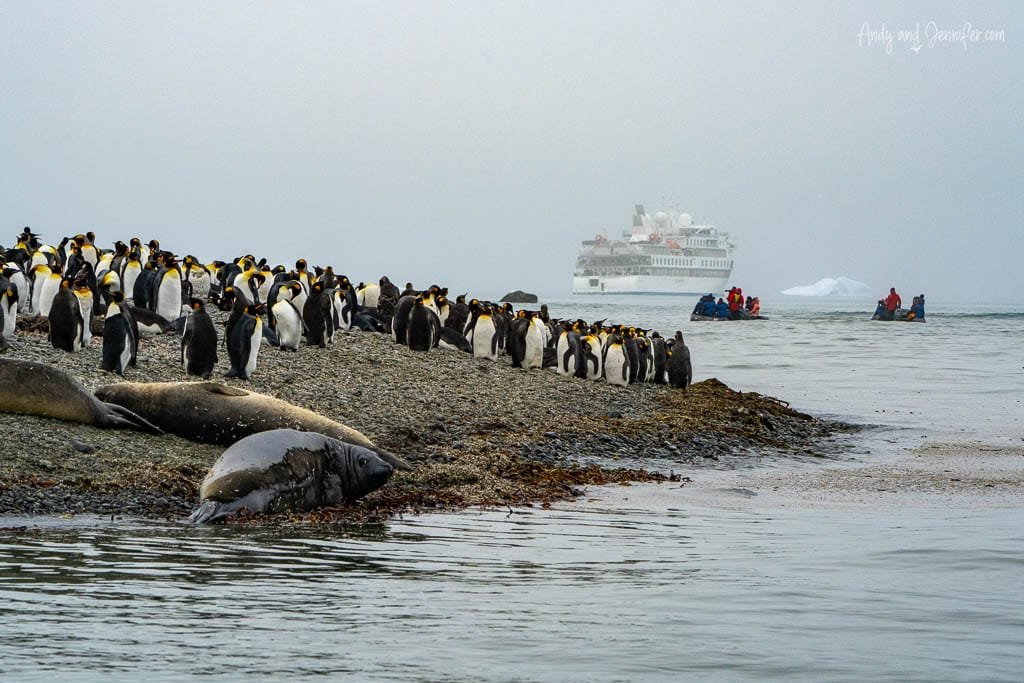

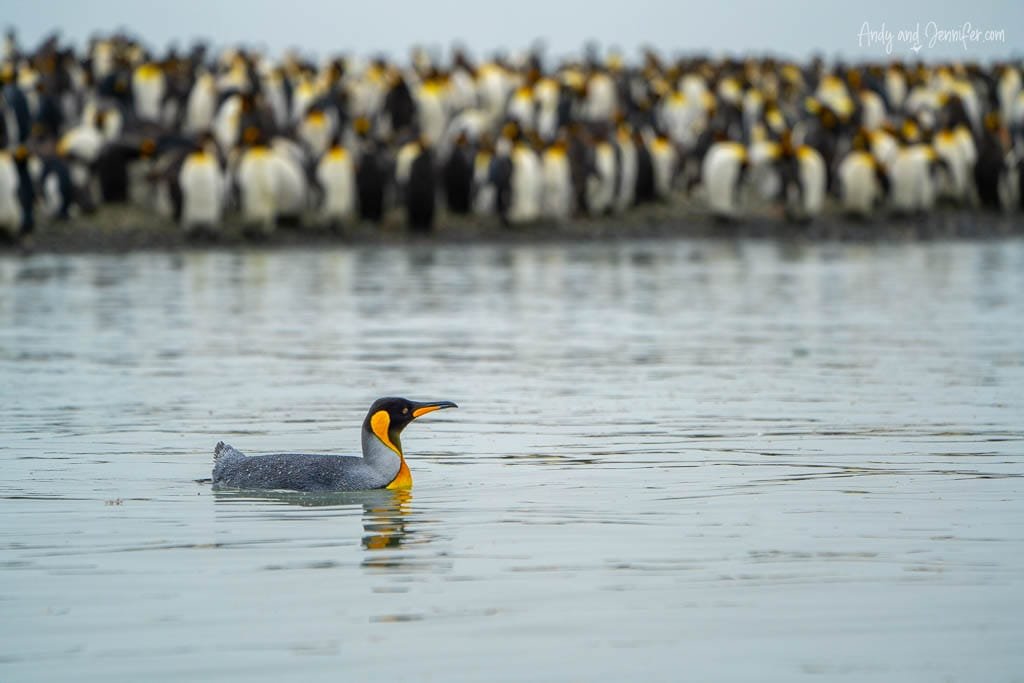
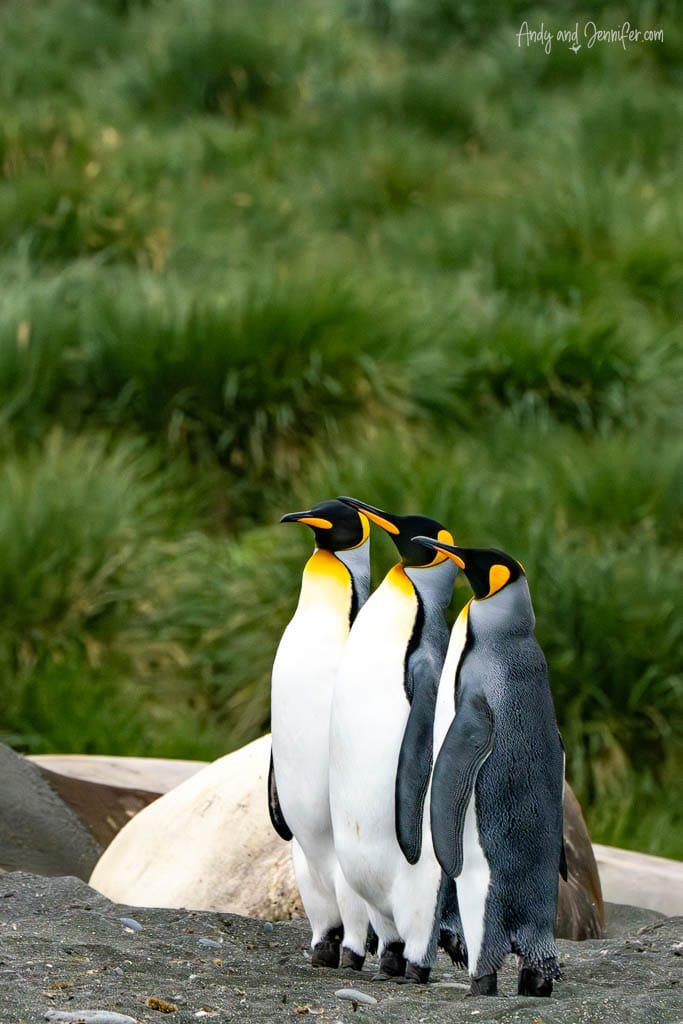
It was refreshing to see some living elephant seals, though many of them were moulting and also covered in penguin feathers which looks very uncomfortable. Elephant seals undergo a process known as a “catastrophic moult,” during which they shed their outer layer of skin and fur in large patches. This moulting process, which typically lasts a few weeks, requires them to haul out on land as their new skin regenerates.
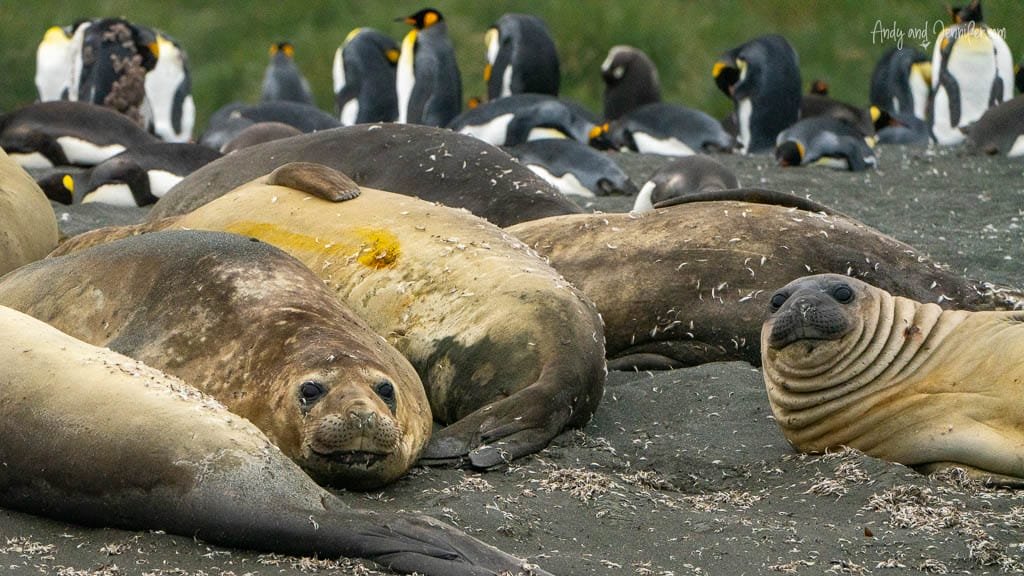
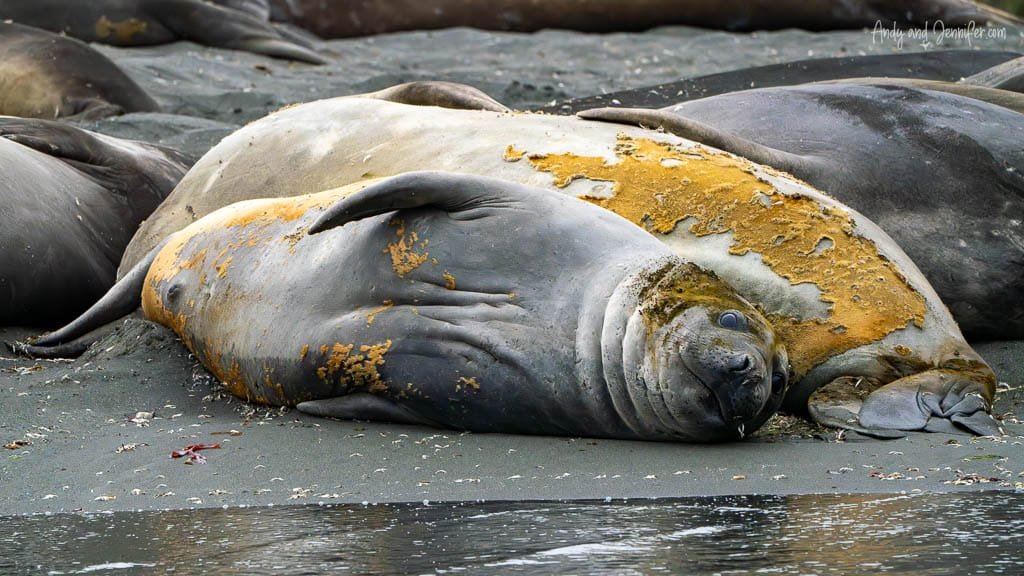

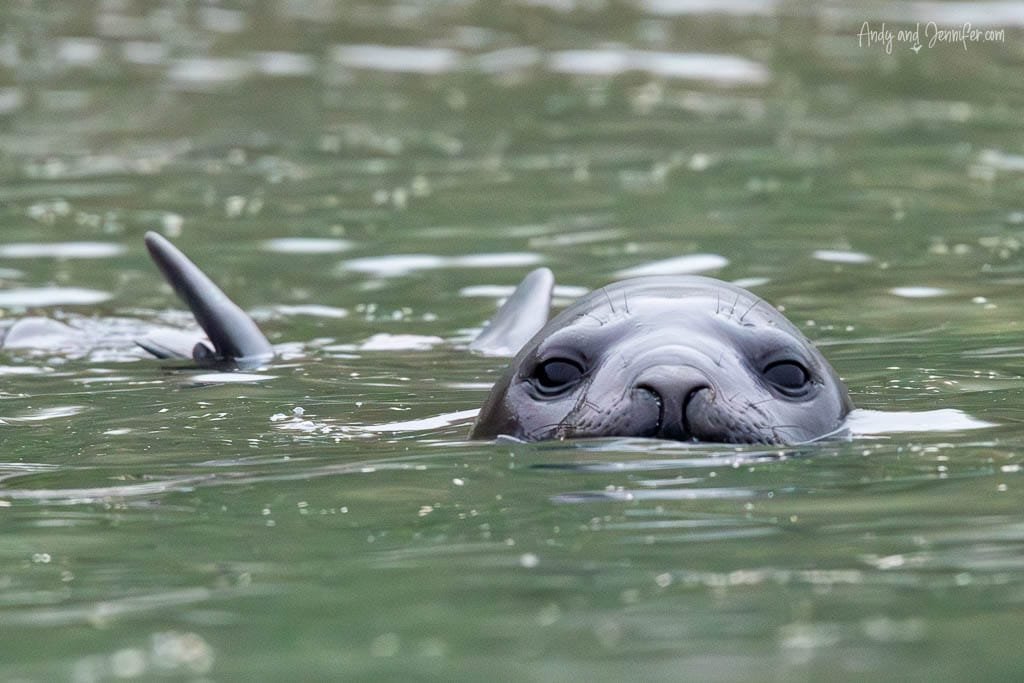
Before heading back to the ship, we cruised though the narrow fjords.

The bright side of this excursion was spotting a Leucitic fur seal, which is quite rare. Leucitic fur seals are distinguished by their pale, creamy coats due to a genetic condition that reduces pigmentation. Unlike albinos, they still retain normal eye colour and some pigment in their skin, allowing them to thrive alongside their darker-coated colony members.
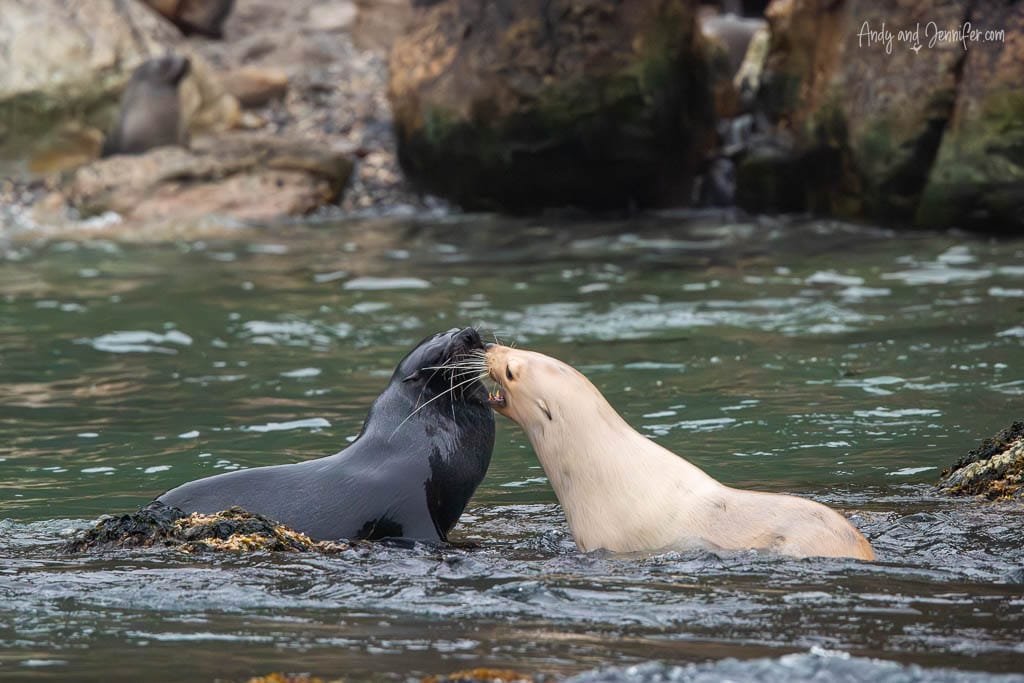
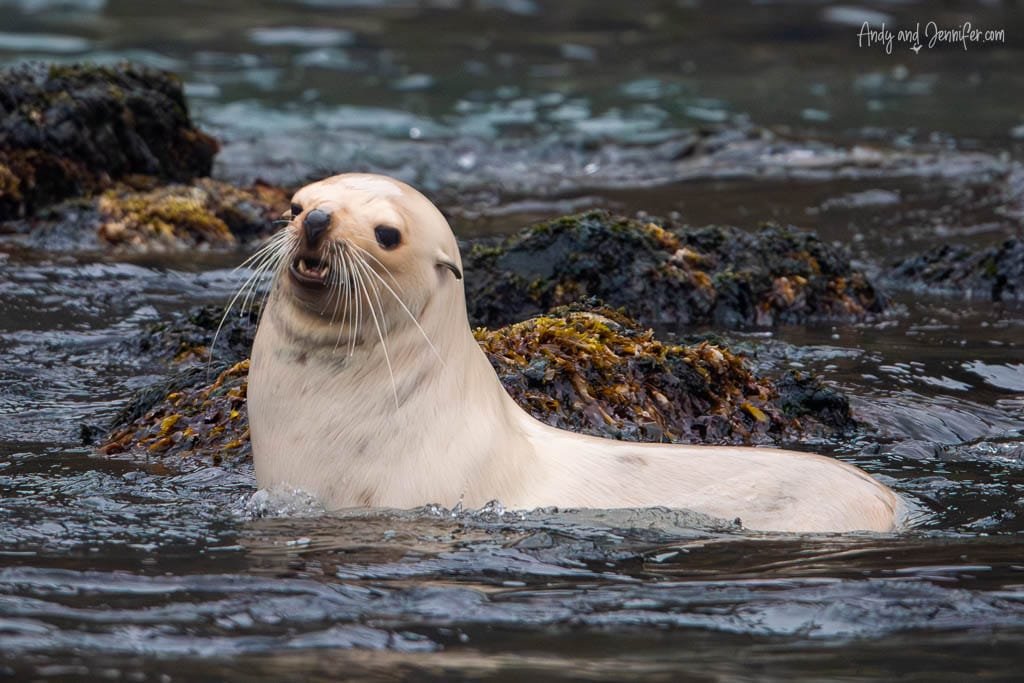
We’re Andy and Jennifer—two former corporate executives who chose long ago to prioritise experiences over stuff while pursuing our passions for travel and photography. From the Arctic to Antarctica, and most places in between, we’ve captured the world through our lenses and love sharing those stories. Our careers gave us the means, but our purpose is inspiring others to explore and helping people create images they’re proud of.


